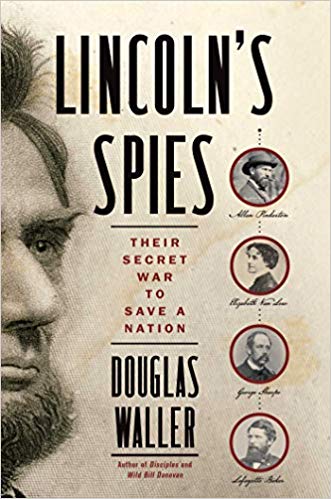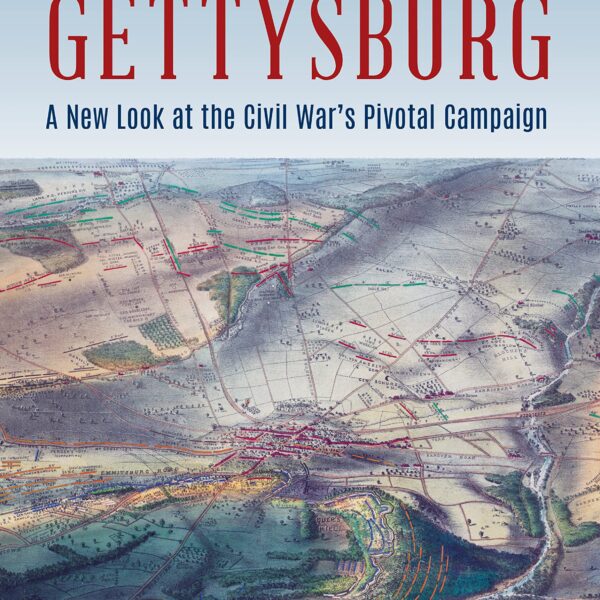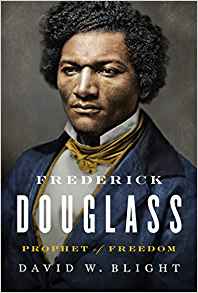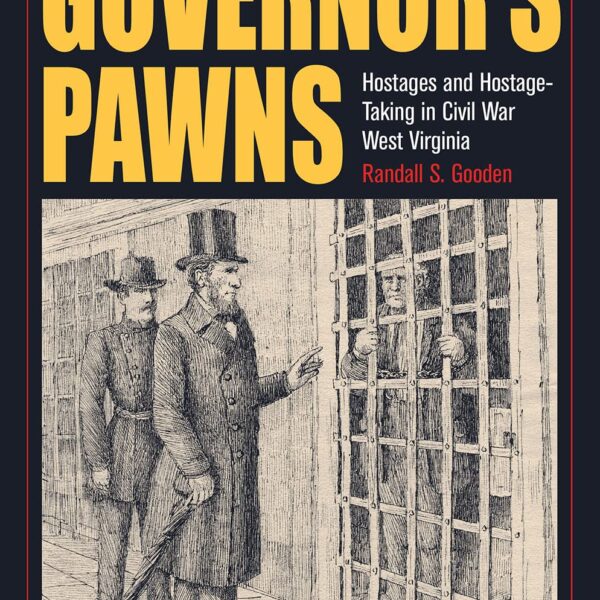It has perhaps become axiomatic for reviewers to marvel that there are still books to write about the Civil War, among the nation’s most written-about events, but, in espionage, it’s true. A glance at any catalog reveals only a few titles (and, if one really wants to remember how to sleuth, he or she might use the old card catalog). Among the most deeply researched, and recent, are Edwin Fishel’s study on Union military intelligence and Elizabeth Varon’s biography on Elizabeth Van Lew, a Union spy in Richmond. In his study on northern spies, Douglas Waller focuses on Allan Pinkerton, Lafayette Baker, George Sharpe, and Van Lew. These “important” Union agents ran their missions in the Eastern Theater, which, according to Waller, was the “crucial region for the war.” Waller is eminently well-qualified to undertake the project, having authored several earlier studies on American military intelligence.
The book is engagingly written. Waller provides colorful detail on the lives and careers of his spies and, since many of them had oversized egos and ample eccentricities, there is much material with which to work. Pinkerton was a “tiresome prig” and yet, through hustle and determination, rose to become the Union’s first spy master. That he genuinely admired George McClellan, however, soon ran him into trouble. Pinkerton did not want to disappoint the Union general, and, in hundreds of pages of reports, fed him intelligence that he seemingly wanted to hear. The sycophantic relationship served neither man—nor the Union war effort—well. Lafayette Baker arrived in Washington in 1861, with a “vague notion of serving the Union cause as a spy.” Often heavy handed and a bully, Baker and his men ferreted out a good deal of corruption among military contractors. More interested in promoting his own military advancement four years later, he was inattentive to the plots against Abraham Lincoln. The president’s assassination was, according to Waller, a “spectacular intelligence failure on Baker’s part.”
Sharpe and Van Lew emerge as the hero and heroine of the book. A regimental officer, Sharpe became the Chief of the Bureau of Military Information in 1863. Even though often unappreciated by the Union high command, he disseminated timely and accurate reports on Confederate troop movements and manpower strengths. Hiding in plain sight, Van Lew, a prewar socialite, aided escaping Federal prisoners and passed along to Sharpe information on the Rebel defensive plans for Richmond and Petersburg. Most remarkably, she aided in the recovery of the body of Ulric Dahlgren. The Union colonel was buried in an unmarked grave, after participating in an ill-fated and controversial cavalry raid against the Confederate capital. Horrified by the mistreatment of the corpse, Van Lew put herself and her spy ring at considerable risk to retrieve the body for later burial.
Readers looking for an academic history will be disappointed. Waller at times strays far from the topic. He devotes too many pages to background detail on the military campaigns, without making any connection to Union espionage. He also sometimes is uncritical of the source material, and fails to cite relevant historiographical discussions. Equally disturbing, readers might sometimes wonder about the larger argument. A one-paragraph “Note To Readers” opens the book, but that is to explain why Waller focuses on the war in the East. There is a brief discussion in the final chapter, where Waller asks “What role did intelligence play in this conflict?” He concludes more “than was acknowledged at the time,” and that these efforts “made a difference.” That is true, but readers at least passingly familiar with mid-nineteenth-century espionage efforts might already know that.
This is not to leave with faint praise. If a reader is looking for colorful characters and feats of bumbling mixed with those of genuine heroism, this is a book for them. If a reader is looking for a source to cite for a dissertation, he or she might do better elsewhere.
Lawrence Kreiser, Jr., is Associate Professor of History at Stillman College and author of Marketing the Blue and Gray: Newspaper Advertising and the American Civil War.





